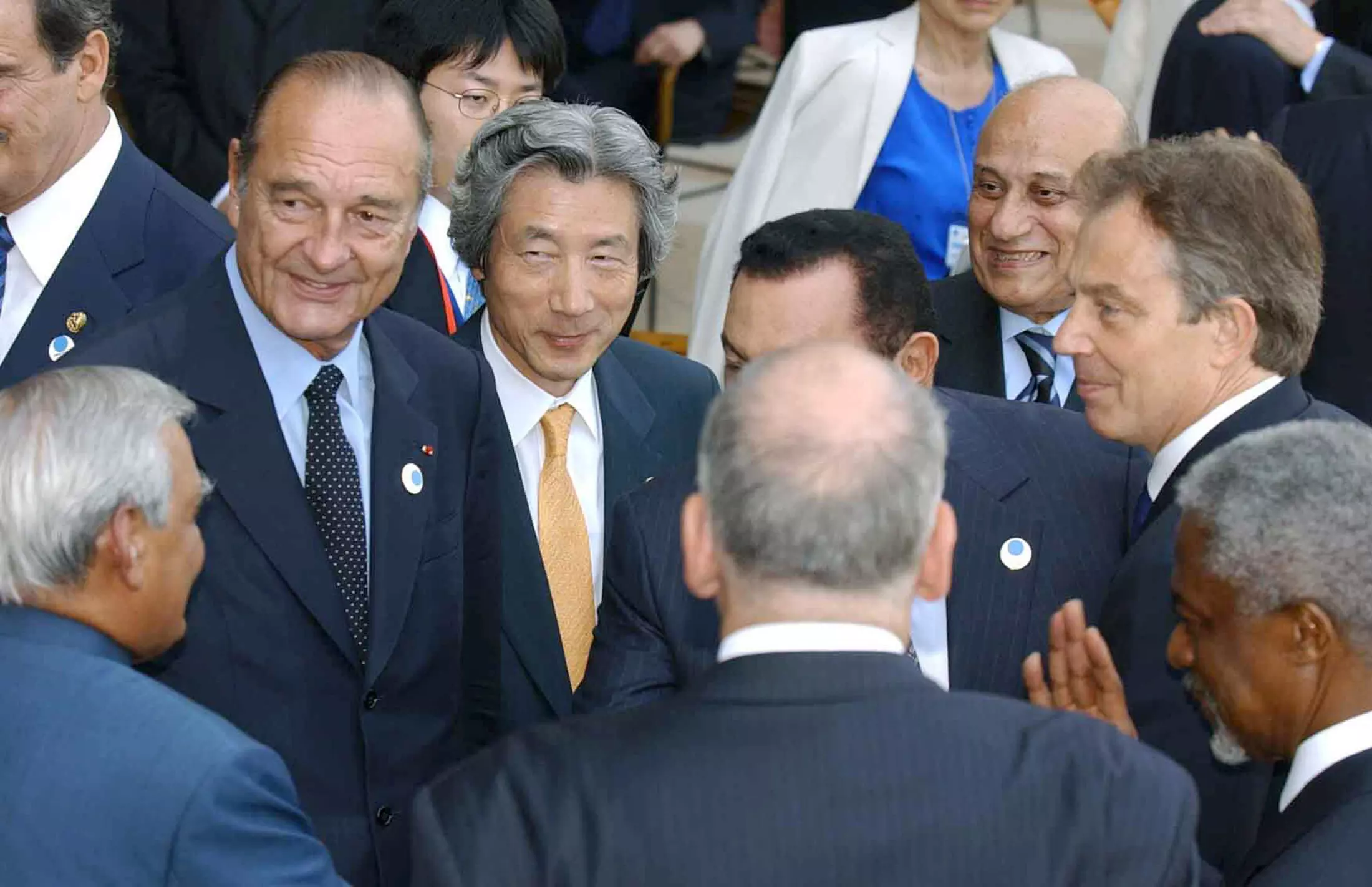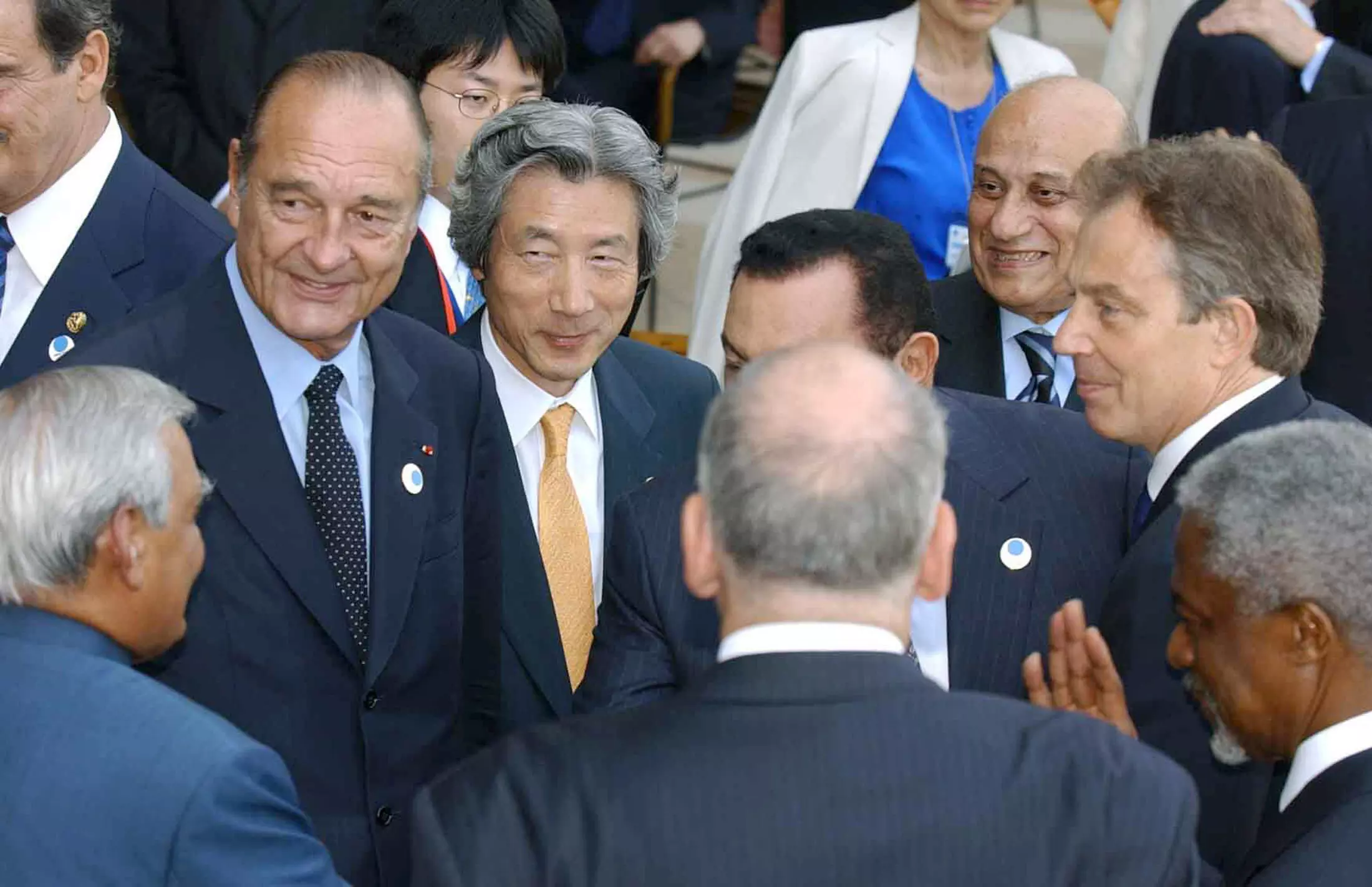
The headlines coming out of South Asia are not particularly reassuring. Bangladesh is in crisis mode. Radical elements are getting assertive in Sri Lanka. Pakistan is internally divided and back to playing an old game with India. Myanmar remains as much of a problem as it has always been. Further afar, conflict has once again erupted across West Asia and tensions are rising in East Asia and across the Indo-Pacific. There isn’t a single political leader anywhere across the Asian continent capable of inspiring people to seek peace, stability and a sustained improvement in their lives.
Yet, within this troubled geography, the Asia to India’s East continues to forge ahead. An economically slower and ageing China is becoming technologically more developed on the foundations of its knowledge-based economy and society. Vietnam is forging ahead and Indonesia has acquired greater self-confidence in its own growth story. India plods on, satisfied with its performance and driving over several political, economic and social potholes, imagining it is on the road to “Viksit Bharat” by 2047, a century after Independence.
Just about a couple of decades ago, in April 2005, Japan’s then Prime Minister Junichiro Koizumi visited New Delhi. His political career as well as the state of India-Japanese relations up until then had not made him particularly familiar with India. At the end of a purposeful and substantial conversation with Prime Minister Manmohan Singh, during which they agreed to give a “new strategic orientation” to the India-Japan bilateral partnership, Mr Koizumi had a question for Dr Singh.
India lies at the centre of the vast Asian continent, Mr Koizumi observed. There is a “rising Asia” to India’s East and an unstable Asia to India’s West. To which Asia does India belong and in which direction is India headed? Mr Koizumi was only articulating a question that many around the world and across Asia have asked and, regrettably, continue to ask.
Prime Minister Manmohan Singh offered a hopeful reply. India’s “Look East” policy was by then over a decade old. India had come closer to countries to its East after the end of the Cold War, becoming a partner to the Association of Southeast Asian Nations (Asean), increasing its trade and investment relations with Asean, Japan, South Korea and even China. It was “Rising Asia” that had inspired India to liberalise its economic policy regime. In recognition of the change under way, the then Prime Minister of Singapore Lee Kuan Yew famously said in 2007 that Asia was rising like a jet plane powered by two engines, China and India. So, India certainly belonged to the Rising Asia to its East. Not only was this connection defined by contemporary economic factors but also by historical and cultural factors. India’s civilisational footprint went eastward, even if it had inherited influences from the West. That sense of optimism still defines today’s India, but the Koizumi Question has not really gone away.
Is the internal instability in the countries around India’s immediate neighbourhood, from Myanmar and Bangladesh to Pakistan and Sri Lanka, holding a mirror to India? Can matters get out of hand if these internal divisions are not healed and inequalities bridged? Will a more difficult external environment queer the pitch internally? These are serious questions that must concern the political leadership of the nation across the spectrum. Chanting the “Viksit Bharat” mantra will not get the economy there. Being the world’s fifth or even third largest economy makes little difference when the distance between the second and the third still remains unbridgeable, given current and forecast rates of growth.
The point to ponder over about Koizumi’s question is that over the subsequent decade few raised it again. The period 2003-12 was the decade of a “Rising India” that was increasingly integrating itself with countries to its East. Over the past decade, and certainly since 2019, this process has slowed down. India’s decision to walk out of the Regional Comprehensive Economic Partnership agreement has hurt.
While trade and investment agreements are now being negotiated with Europe and Britain and the economic relationship with West Asia has strengthened, the sun still rises in the East.
Going beyond economics, the social basis of development in much of “Rising Asia”, irrespective of the political regime, has been fundamentally different from that across much of West and South Asia. The rising economies of East Asia have built their economic edifice on a foundation of investment in education and social welfare.
This has made these economies globally more competitive compared to the economies of South and West Asia. The latter have paid a price for inadequate investment in human development.
While India’s score in the UNDP’s Human Development Index (HDI) – which measures the status of a population’s income, education and health — has improved, from 0.434 in 1990 to 0.644 in 2022, India’s global rank is still low at 134 in a list of 194 countries, compared to China’s 75. It is an improvement in these HDI indicators as well as indicators of domestic social cohesion and welfare that will, in the end, determine the answer to the Koizumi question.
At least one other reason why offering a convincingly positive reply to the Koizumi question is still relevant today is the fact of the still low level of the India-Japan bilateral engagement. Much effort went into raising this between 2000, when Prime Minister Atal Behari Vajpayee and Prime Minister Yoshiro Mori met, and 2015, when Prime Minister Shinzo Abe offered Ganga Aarti at Varanasi’s Dashashwamedha Ghat. Yet, Japan’s bilateral trade with Vietnam is twice as big as that with India and Japan’s “China Plus One” supply chain rebalancing is benefiting the Asean countries more than India. Japan’s people to people and business to business interaction with China and many Asean countries is far greater than with India. In short, for a Japanese student, tourist, business person and intellectual, the answer to the Koizumi question still matters.
But the relevance and significance of that question is even greater for us in India. Which way are we headed? Will we progress like the Asia to our East or are we progressing like the Asia to our West? Twenty years after Koizumi posed it, his question is still seeking a convincing answer, at home and overseas.
